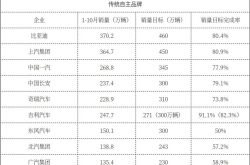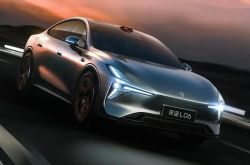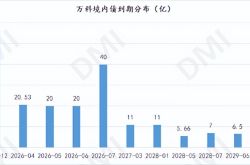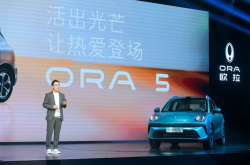AI Chip Demand Continues to Soar: NVIDIA's Q3 Revenue Hits $57 Billion, Market Cap Surges by $1.6 Trillion in a Single Day
![]() 11/21 2025
11/21 2025
![]() 350
350
By Yang Jianyong
NVIDIA has undoubtedly emerged as the most eye-catching star in the global capital market. It is frequently lauded as the strongest individual stock on the planet and the first company to break through the $5 trillion market - cap barrier. When comparing this market - cap figure to the GDPs of countries worldwide, NVIDIA's market cap surpasses that of the entire German economy, which stands at $4.66 trillion. This positions NVIDIA as the world's third - largest economic entity, trailing only the US and China.
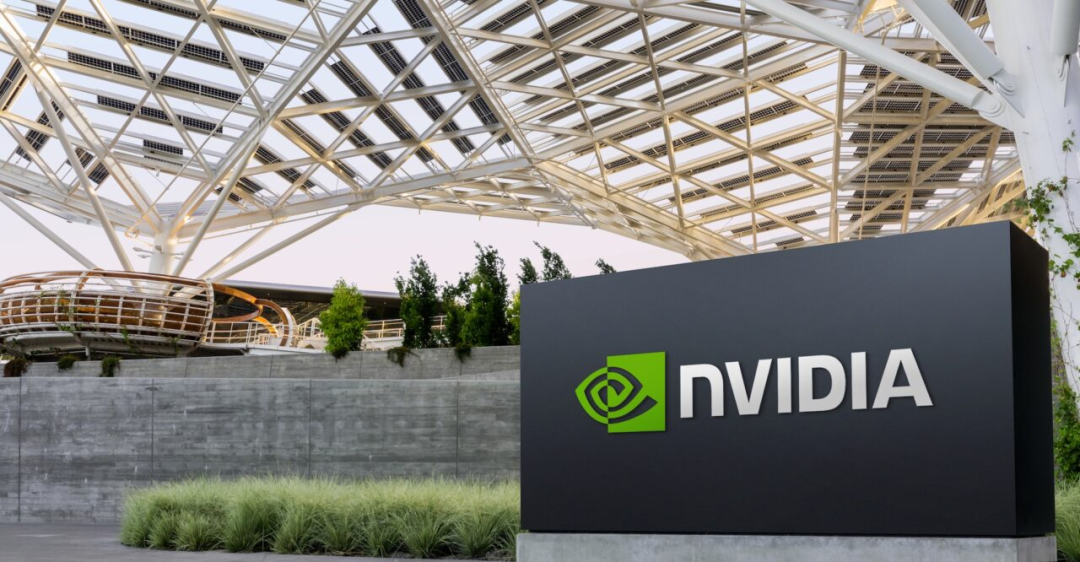
NVIDIA's remarkable ascent in the market, with its market cap rocketing from $1 trillion to $5 trillion, is an unprecedented feat in the annals of business history. However, doubts about a potential bubble have never abated. Especially after its market cap crossed the $5 trillion threshold, it sparked intense debates about an AI bubble. Some even argue that this bubble could outstrip the scale of the dot - com bubble.
The enthusiasm of investors for AI large models has been the driving force behind NVIDIA's outstanding performance in the capital markets, reflecting their optimism about the commercial prospects of AI. Nevertheless, NVIDIA's skyrocketing stock price has not dispelled concerns about a bubble, which pose significant risks. Firstly, there is an accumulation of risks associated with profit - taking adjustments.
Secondly, NVIDIA's dominance in the AI chip market may soon face challenges. While large models are gradually unlocking the market potential of AI demand, tech giants are seeking more diversified chip supplies to reduce their dependence on NVIDIA. In particular, they are targeting customized chips.
In the domestic market, restrictions on high - end chip demand have accelerated the push for domestic alternatives. Cambricon, often referred to as the 'Chinese NVIDIA,' has entered its most promising development phase, achieving substantial performance breakthroughs. Its revenue has soared, reaching $4.6 billion in the first three quarters of 2025, a staggering 2,386% year - over - year increase. This has made it a highly sought - after AI chip manufacturer.
Overall, amid the unprecedented discussions and skepticism surrounding an AI bubble, NVIDIA's CEO Jensen Huang has repeatedly stated that he does not see an AI bubble. He believes there are fundamental differences between the current AI landscape and the dot - com era. Notably, NVIDIA released a strong financial report, which has alleviated some of the market's concerns about an AI bubble. Its stock jumped 5% in after - hours trading, adding approximately $230 billion (about 1.6 trillion yuan) to its market cap.
Revenue for the third quarter of fiscal year 2026 (ending October 26, 2025) reached $57 billion, an increase of about $22 billion or 62% compared to $35.08 billion in the same period last year. Among this, the data center business set a new record for the same quarter, reaching $51.2 billion, a 66% year - over - year increase.
Regarding the outlook for the next quarter, NVIDIA expects revenue for the fourth quarter of fiscal year 2026 to be $65 billion, with a 2% fluctuation range, while analysts estimated $62 billion. This guidance significantly exceeds analyst expectations. Meanwhile, NVIDIA currently has $500 billion in unfulfilled chip orders, indicating a sustained strong market demand.
In collaboration with OpenAI, NVIDIA will deploy at least 10 gigawatts of its systems for OpenAI's next - generation AI infrastructure. Additionally, partnering with Google Cloud, Microsoft, Oracle, and xAI (an AI startup founded by Elon Musk), NVIDIA will utilize hundreds of thousands of its GPUs to build AI infrastructure.
Due to the strong demand for NVIDIA's chips across various sectors, the Blackwell series is selling like hotcakes, with cloud GPUs sold out. NVIDIA's CFO stated during the earnings call that demand for AI infrastructure continues to exceed expectations, and there is potential to achieve $500 billion in revenue from the Blackwell and Rubin platform projects.
No one could have foreseen that NVIDIA's GPU chips, originally designed for gaming, would become the core driving force behind global technological advancement. Meanwhile, NVIDIA is at the forefront of the transition from general - purpose GPU computing to GPU - accelerated computing. Huang Renxun stated during the earnings call that computational demand in both training and inference continues to grow at an exponential rate.
In my opinion, this is mainly due to tech giants launching a new round of AI competition. To enhance the competitiveness of their AI large models, they are increasing their capital expenditures on AI infrastructure, vying to purchase NVIDIA's high - performance chips worth tens of billions of dollars. This has turned NVIDIA's chips into a scarce commodity, with supply falling short of demand, driving sustained rapid revenue growth. NVIDIA has not only become the world's largest chip manufacturer but also boasts the highest market cap globally. It is reaping substantial profits as one of the most profitable tech companies worldwide, with annual profits exceeding $100 billion.
Finally, in the era of generative AI, the persistent shortage of AI chips and the explosive growth in computational demand are heralding a new era of growth. IDC projects that global semiconductor revenue will reach $800 billion in 2025, with the computing segment of the semiconductor market growing by 36% to $349 billion.
As generative AI technology advances rapidly, the semiconductor industry landscape is undergoing profound restructuring, reshaping the global tech landscape. NVIDIA stands as the biggest winner in this wave, successfully seizing market opportunities in AI large models and achieving rapid growth in revenue, net profit, and market cap.
Yang Jianyong, a contributor to Forbes China, expresses views solely on his own behalf. He is dedicated to in - depth analysis of cutting - edge technologies such as AI large models, artificial intelligence, the Internet of Things, cloud computing, and smart homes.

